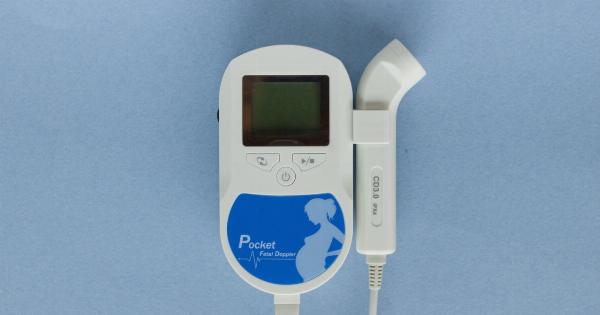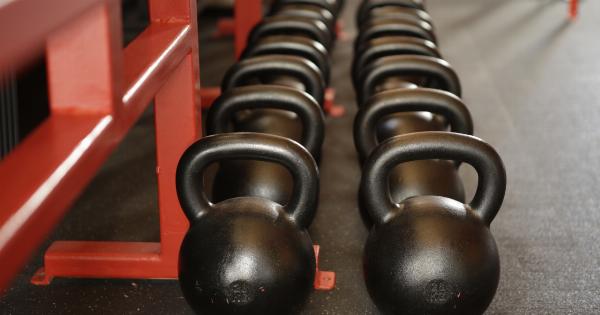Iron is an essential nutrient that plays a vital role in our body. It is responsible for carrying oxygen throughout our body, which is necessary for providing energy to our cells.
Iron also helps in the production of red blood cells, maintaining a healthy immune system, and enhancing brain function.
A deficiency in iron could lead to anemia – a condition where there aren’t enough red blood cells to carry oxygen throughout the body. Severe iron deficiency can cause fatigue, shortness of breath, dizziness, headache, and even depression.
If you suspect that you might be deficient in iron, you can take a palm test to find out. While this test is not a replacement for a blood test or a visit to the doctor, it can provide you with a general idea of your iron levels.
What is the palm test?
The palm test is a simple and non-invasive way to check for iron deficiency. The test involves examining the color of your palm and comparing it with the color of your inner eyelids.
If there is a noticeable difference between the two, you may be iron deficient.
How to perform the palm test?
To perform the palm test, follow these simple steps:.
- Hold your palm facing upwards in natural light.
- Examine the color of your palm.
- Compare the color of your palm with the color of your inner eyelid.
If the color of your inner eyelid is lighter than your palm, it could indicate that you have low iron levels. It is important to consult with your healthcare provider if you feel you may be deficient in iron.
The science behind the palm test
The palm test is based on the concept of pallor, which refers to the paleness of skin due to reduced blood flow. The skin on the palm of our hands is often thicker and less transparent than the skin on our inner eyelids.
If there is reduced blood flow to your palms, they may appear paler than your inner eyelids. This is because the skin on our inner eyelids is thinner and more transparent than the skin on our palms.
Anemia, which is often caused by a deficiency in iron, can lead to reduced blood flow to our palms. This can result in paleness of the skin on our palms compared to the skin on our inner eyelids.
The causes of iron deficiency
Iron deficiency can be caused by various factors, including a lack of iron in the diet, poor absorption of iron from food, chronic blood loss due to menstruation or other factors, and certain medical conditions that affect the absorption of iron.
Symptoms of iron deficiency
The symptoms of iron deficiency can vary from mild to severe. Some of the common symptoms include:.
- Fatigue and weakness
- Shortness of breath
- Dizziness
- Headaches
- Rapid or irregular heartbeat
- Brittle nails
- Pale skin
- Craving for non-food items such as ice or dirt (a condition known as pica)
- Poor appetite
- Restless leg syndrome (a condition that causes an urge to move legs)
If you experience any of these symptoms, it is essential to consult with your doctor to check whether you have an iron deficiency.
Iron-rich foods
If you are found to be iron deficient, your healthcare provider may suggest changes to your diet. Here are some iron-rich foods that you can include in your diet:.
- Red meat
- Poultry
- Seafood
- Beans
- Spinach
- Kale
- Broccoli
- Fortified breakfast cereals
- Bread made from fortified flour
- Nuts and seeds
Supplements
In some cases, your healthcare provider may recommend iron supplements to help boost your iron levels. Iron supplements can be found over-the-counter, and it is essential to use them as directed.
Iron supplements can cause constipation and other gastrointestinal issues, so it is essential to follow the recommended dosage and also consume enough fiber and fluids to keep you regular.
It is recommended to take iron supplements with a source of vitamin C, such as orange juice, as this will enhance the absorption of iron.
Conclusion
Iron is an essential nutrient that plays a vital role in our bodies. A deficiency in iron can cause anemia, which can lead to various symptoms. The palm test is a simple and non-invasive way to check for iron deficiency.
While it is not a replacement for a visit to the doctor, it can provide you with a general idea of your iron levels.
If you suspect that you might have an iron deficiency, it is essential to consult with your healthcare provider to get a proper diagnosis and treatment plan.
Making dietary changes and taking supplements as directed can help increase your iron levels and prevent anemia.































